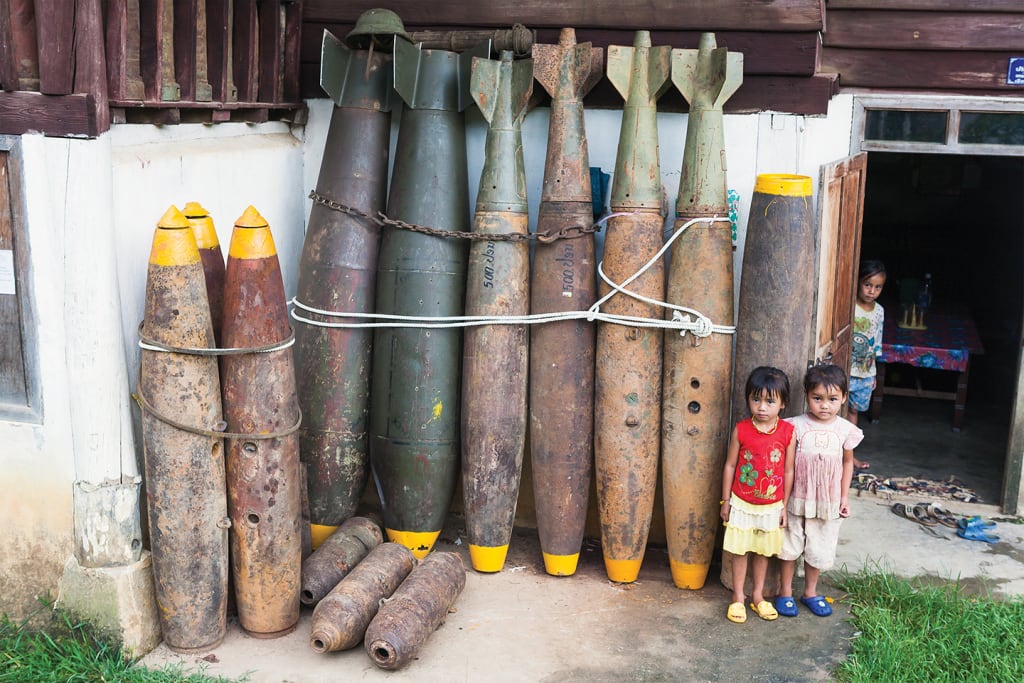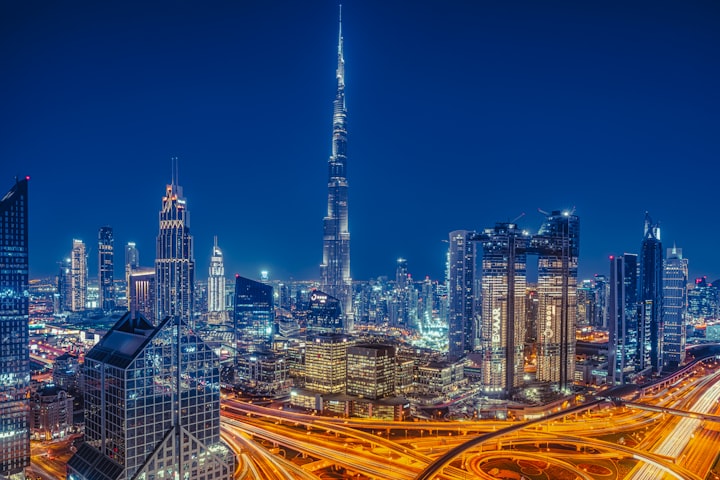
Laos is a landlocked country in Southeast Asia. It is located between Vietnam, Cambodia, Thailand, Myanmar, and China. Laos has a rich history and culture, with many ancient temples, beautiful landscapes, and a unique way of life. The country has made significant progress in the last few decades, despite its history of political instability and economic challenges. In this article, we will explore the geography, history, culture, economy, and society of Laos.
Geography
Laos is a landlocked country in Southeast Asia, with an area of approximately 236,800 square kilometers. It is mostly mountainous, with the highest peak being Phou Bia at 2,818 meters. The Mekong River is the most significant geographical feature of Laos, running from the north to the south of the country. The river serves as a crucial transportation route and source of water for the people of Laos. Other major rivers include the Nam Ou, Nam Khan, Nam Tha, and Nam Ngum.
The climate in Laos is tropical and monsoonal, with two distinct seasons: the rainy season from May to October and the dry season from November to April. The country experiences a high degree of rainfall, with the wettest areas in the south and along the Annamite Mountains. The dry season can be quite hot, with temperatures reaching up to 40 degrees Celsius.
History
Laos has a long and fascinating history. The first inhabitants of Laos were Austroasiatic-speaking tribes who migrated from southern China into Southeast Asia. The Khmer Empire, based in Cambodia, controlled parts of Laos from the 9th to the 13th centuries. Later, the Lao Kingdom emerged, which was influenced by both Indian and Chinese cultures. The Lao Kingdom reached its peak in the 18th century under the rule of King Setthathirath, who was responsible for the construction of many of the country's most important temples and monuments.
In the 19th century, Laos became a protectorate of France, and the country remained under French rule until 1954. During this period, the French developed the country's infrastructure, including the construction of the first railway and modern roads. However, Laos also became embroiled in the Vietnam War, with the country serving as a crucial supply route for the communist forces in the north.
In 1975, the Pathet Lao, a communist group, took control of Laos after years of civil war. The country has since become a one-party socialist state, with limited political freedom and human rights concerns.
Culture
Laos has a rich and diverse culture, with a unique blend of Buddhism, Hinduism, and animism. The country's traditional architecture is heavily influenced by Buddhist temples, with many ornate and colorful buildings found throughout the country. The Lao language is the official language of the country, with many regional dialects spoken throughout the country.
The most important festival in Laos is the Boun Bang Fai, or Rocket Festival, which is held in May. The festival is celebrated to encourage rain during the dry season and involves the launching of homemade rockets into the sky. Other important festivals include the Lao New Year, which is celebrated in April, and the Boat Racing Festival, which is held on the Mekong River in October.
Economy
Laos is one of the least developed countries in Southeast Asia, with a largely agricultural-based economy. The country's main exports are minerals, agricultural products, and electricity, with hydropower being a significant source of revenue. Laos has been seeking to increase its trade and investment in recent years, with a focus on developing the tourism industry.
The government of Laos has implemented several economic reforms in recent years, including the liberalization of foreign investment and the establishment of special economic zones. These reforms have helped to attract foreign investment, particularly from China and Vietnam. However, the country still faces significant challenges in terms of infrastructure, education, and corruption.
Society
Laos is a multiethnic society, with over 50 different ethnic groups living within the country. The largest ethnic group is the Lao people, who make up around 60% of the population. The Hmong, Khmu, and Tai ethnic groups are also significant minorities within the country. The different ethnic groups have their own distinct cultures and languages, and there are ongoing efforts to promote and preserve their traditions and customs.
Laos has a relatively young population, with around 40% of the population under the age of 25. The literacy rate is around 79%, although there are significant regional variations. Education is compulsory up to the age of 14, but many children in rural areas still do not attend school due to poverty or lack of access to education.
The healthcare system in Laos is underdeveloped, with limited access to medical care and a shortage of trained medical professionals. This has led to high rates of infant mortality and maternal mortality, particularly in rural areas.
Conclusion
Laos is a fascinating and unique country with a rich history and culture. Despite its challenges, the country has made significant progress in recent years, particularly in terms of economic development. However, there are still significant challenges to be addressed, particularly in the areas of education, healthcare, and political freedom. The government of Laos has shown a willingness to reform and improve the country, and with continued investment and support from the international community, there is hope that Laos can continue to develop and thrive in the years to come.
About the Creator
Arish Ali
The world is yours!





Comments
There are no comments for this story
Be the first to respond and start the conversation.